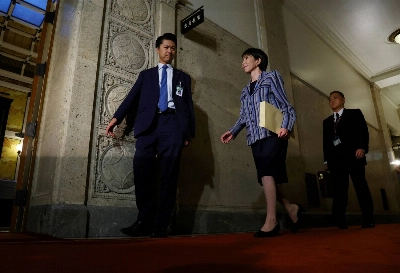Last year, U.S. President George W. Bush proposed deep cuts in the U.S. nuclear weapons arsenal, a decision that was promptly echoed by Russian President Vladimir Putin. While the move was roundly applauded, there were concerns over the U.S. president's reluctance to codify the decision in a treaty. It has become apparent why: Mr. Bush's "cuts" are not real. He is not proposing to destroy excess warheads; he wants to store them, so that they are available in an emergency. Worse, his government wants to be ready to resume testing of those weapons.
Coming on the heels of the decision to withdraw from the Antiballistic Missile Treaty, it appears as if the U.S. has decided to dispense with arms control altogether. This move, coming as India and Pakistan stare each other down over the Line of Control and as the U.S. warns other governments of the danger of nuclear proliferation, makes no sense. It makes a mockery of arms control and disarmament and buttresses charges of U.S. unilateralism.
At their November summit, the two presidents agreed to deep cuts in their nuclear arsenals. Mr. Bush pledged to trim his country's bloated stockpile of warheads by nearly two-thirds, from 6,000 to between 1,700 and 2,200 over 10 years. Mr. Putin promised a reduction to similar levels. It was assumed that neither man acted from the purest of motives: Mr. Bush was acting to take the sting out of his forthcoming decision to quit the ABM Treaty. Mr. Putin had little choice: His country's arsenal was decaying and the Russian military could not sustain the huge number of weapons it inherited from the Soviet Union.


















With your current subscription plan you can comment on stories. However, before writing your first comment, please create a display name in the Profile section of your subscriber account page.